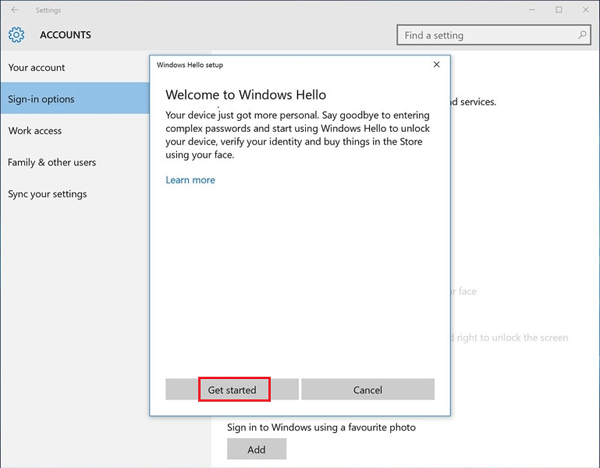

Generally I would not recommend to disable it, as it can intensely reduce the risk of keyloggers, password phishing or password interception in general, but in some cases it can be useful to disable it.įor example multiple users want to logon to a device on rare occasions, then this behavior would be annoying to only set up Windows Hello for Business for a few times the user wants to logon. In this post we will see, how to disable Windows Hello for Business for whatever reason. Then you will be prompted during the first login with your Azure AD (Office 365) account to set up Windows Hello for Business as follows. You can determine the status of the prerequisite checks by viewing the User Device Registration in the Event Viewer under Applications and Services Logs\Microsoft\Windows. Windows only launches the provisioning experience if all the prerequisite checks pass. Windows Hello for Business provisioning begins immediately after the user has signed in, after the user profile is loaded, but before the user receives their desktop.

If you join your device to Azure AD by using the Access work or school settings, the device by default will be automatically registered with Windows Hello for Business support aka Windows Hello for Business provisioning.


 0 kommentar(er)
0 kommentar(er)
